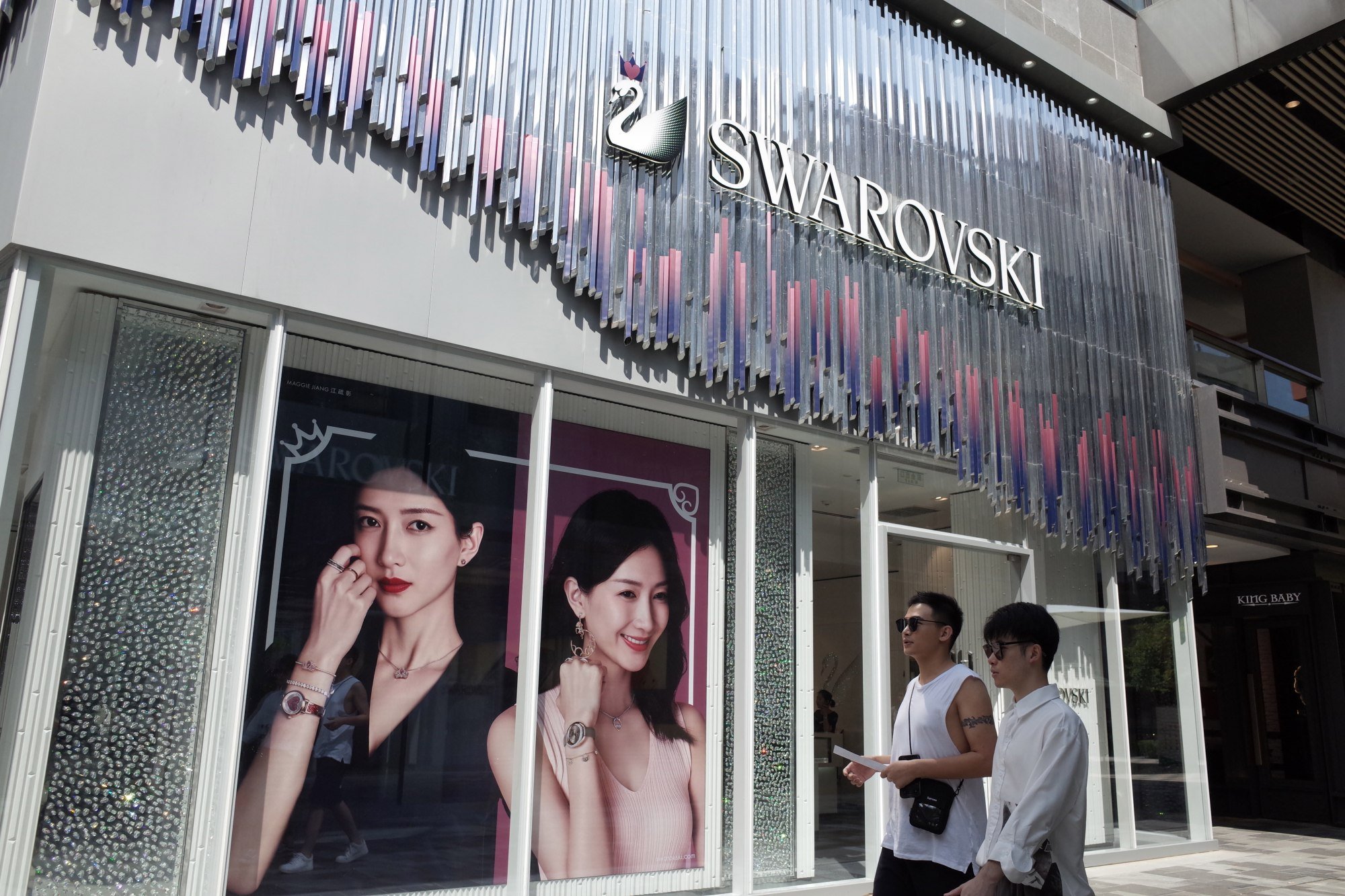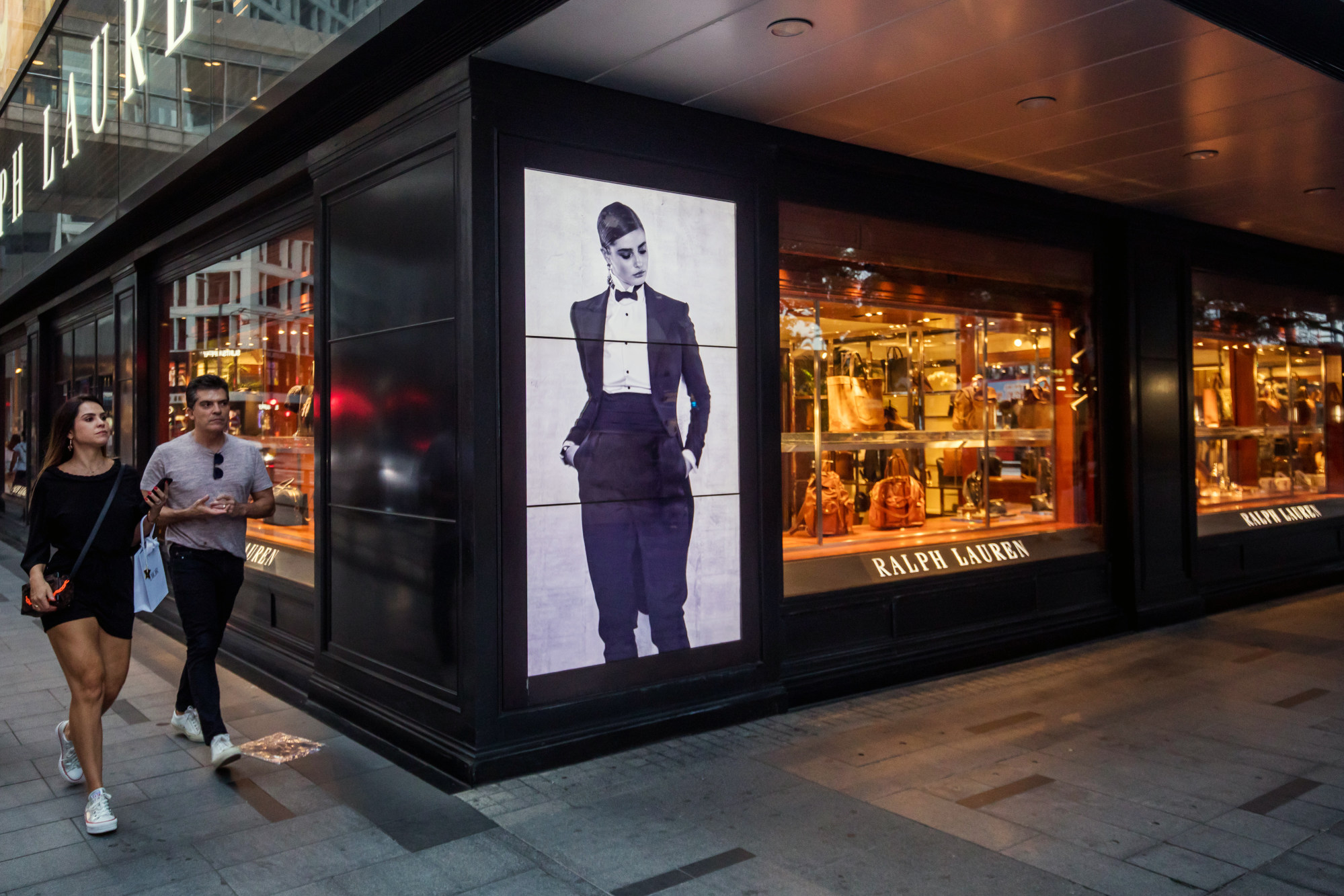


That perspective reflects how Xu and her fellow Gen Zers – those born between 1997 and 2012, according to think tank Pew Research Centre – are expected to sway how goods are marketed in China, as they soon become a major force driving consumption in the world’s second-largest economy.
Gen Zers already represent the fastest-growing population group in the Asia-Pacific, and are projected to account for 21 per cent of the mainland’s total population by 2025, according to a report by KPMG China.
But while their influence and spending potential makes them a major target group for many brands, Gen Zers can also be a hard market to figure out.
“Gen Zers are different,” said Sophie Coulon, co-founder of Shanghai-based digital agency VO2 Asia Pacific, whose clients include several major international brands.
“They’ve been raised in a different environment, meaning they didn’t experience all the hardships of their parents and grandparents. They are digital natives, so they expect things [to be done] super quickly,” Coulon said. “But at the same time, they face some pressure from society. They want to be able to express themselves, so buying clothes is a way to show [their] identity. It’s not just ‘because you own a bag, you are someone’.”
Still, the spending power of Gen Zers make them irresistible to many brands. In 2023, consumers aged 15 to 24 generated 93 billion yuan (US$12.9 billion), or 22.1 per cent, of China’s 424-billion-yuan beauty market, according to data compiled by consumer research firm Kantar Worldpanel.
The firm found that individuals in this group spent 44 per cent more on beauty products than older counterparts up to age 64.
Among China’s high-net-worth population, Gen Zers will also be the beneficiaries of a massive US$3 trillion in intergenerational wealth transfer in the coming decade, making them a key group for luxury brands to focus on, according to a recent report by PwC.
International brands have taken note, and are consolidating their strategies to win the hearts and minds of these young Chinese consumers.
China makes up about 15 per cent of the Austrian crystal maker’s business, which contributed to the firm’s global retail sales of €1.8 billion (US$1.9 billion) last year. That was up 4 per cent from a year earlier and “well above overall growth” in a challenging market rocked by volatilities, Swarovski said in a statement.

The issue for brands, however, is that Gen Zers’ taste can be fickle or hard to pin down.
Shanghai-based marketing professional Nicole Xu – no relation to Judy Xu from the same city – said she did not personally identify with the “quiet luxury” trend, which is currently all the rage on social media, “because I think it looks boring”.
While this population group tend to be less status-conscious and more pragmatic than older consumers, “brands have to have their own irreplaceable differences, as we found Gen Zers are more into brands with lifestyle heritage that offer emotional value, design and product experiences”, said Jason Yu, Kantar’s managing director for Greater China, adding that Gen Z consumers tend to be less status-conscious and more pragmatic than older peers.

“Foreign brands are facing increased pressure of being replaced by the rise of domestic brands with high quality and price ratio in China,” Yu said. As such, brands like Swarovski that have no direct domestic competitor with equivalent offerings maintain a certain dividend in the market, he added.
Nagard, Swarovski’s chief executive, said he found Gen Zers’ tastes to be more nuanced. “Western luxury brands have a cache that is interesting and that is unique, but they are increasingly open to local alternatives, if the local alternatives can give them the value that they expect from the brand or the product,” he said.
Based on the company’s observation, Gen Z consumers are more willing to experiment with bolder pieces than their slightly older millennial counterparts, he added.

China now accounts for 7 per cent of Ralph Lauren’s global business, according to a Reuters report. The overall revenue for Ralph Lauren in Asia grew 16 per cent between the second and third quarters of its current financial year, according to the firm’s earnings call in February.
Zheng, however, cautioned luxury brands from primarily focusing on young mainland consumers. “They are more vulnerable to economic fluctuation,” she said. “When the economy is not very good, their consumption power is lower. As such, she added that luxury brands ought to focus on ultra-wealthy consumers as their core customer group.